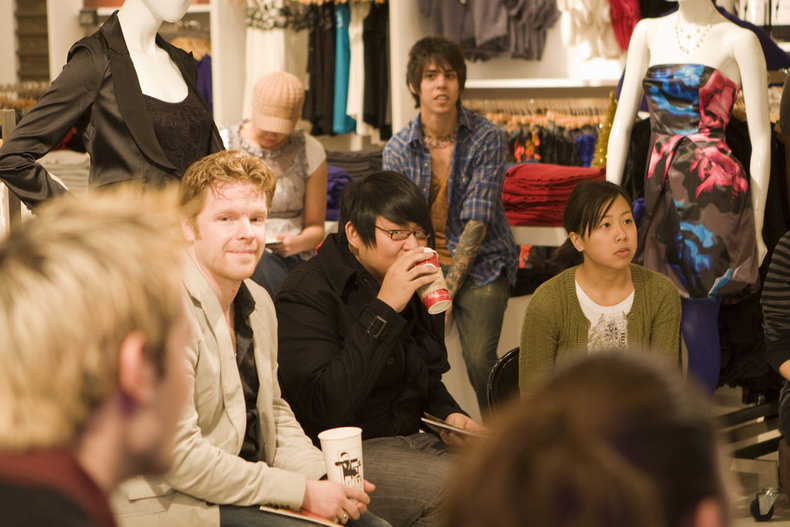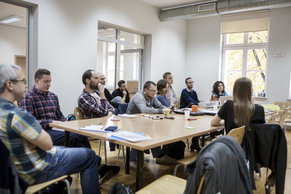

Business Needs Analysis
Identifying the goals, objectives and required capabilities of a business.User Needs Analysis
Analysis of end-user needs. This may include different types of users and stakeholders. For example, user needs for an aircraft might include the needs of pilots, passengers, crew, operations staff and mechanics.Lead Users
The needs of users who are pushing your products to their edges. For example, a software vendor that captures the requirements of a customer that is using their platform for 40 million transactions a month when a typical customer is at less then 100,000 transactions.Information Needs Analysis
Capturing needs related to knowledge, information, information flows and data.Customer Needs Analysis
The marketing or sales process of identifying the elements of a brand, product or service that are important to the purchasing decision.Goals
Identifying end-goals such as revenue.Objectives
The required steps to achieve goals such as automation that is required to achieve an efficiency target.Use Cases
Identifying the scenarios of use and expected behavior of a product using techniques such as use cases and user stories.Functions
Listing the things that a customer needs to achieve with the product. For example, the ability to turn off the microphone on a device for privacy.Features
Features describe how functions are implemented. Features are arguably not a customer need but instead represent the way that customer needs are satisfied. However, customers may have strong opinions about features they want such that they become needs.Quality
Beyond functionality, the elements that give a product value such as materials, customer experience, efficiency, performance, stability, reliability and resilience.Reverse Quality
Things that subtract from quality such as features that are perceived as annoying or unattractive.Perceptions
Customer perceptions of design, functions, features and quality. For example, a customer who perceives materials such as metal and wood as higher quality than plastic.Expectations
Things that the customer expects but doesn't necessarily voice as a requirement. Unstated expectations are the reason that customers may reject a product that meets all of their documented requirements. As such, needs analysis requires extensive probing to uncover assumptions.Motivations
The aspects of a brand, product or service that trigger intense motivation in customers to buy. Customers often don't verbalize the needs that motivate them most. For example, a customer may say they need a luxury brand to be fashionable and handcrafted from fine materials. They might be less likely to voice stronger needs such as their desire to display wealth as a form of social status.| Overview: Needs Analysis | ||
Type | ||
Definition | The process of identifying valuable requirements for a product, program, process, project or design. | |
Related Concepts | ||



































